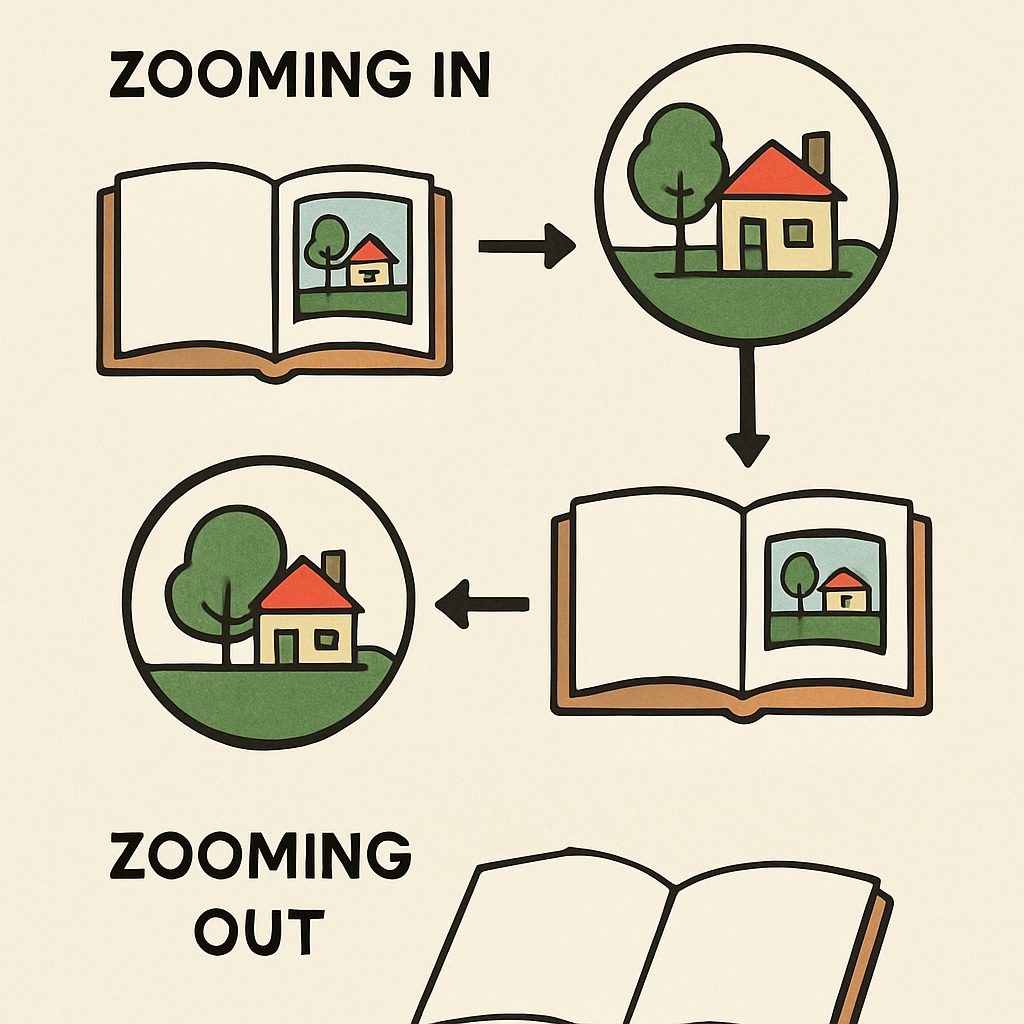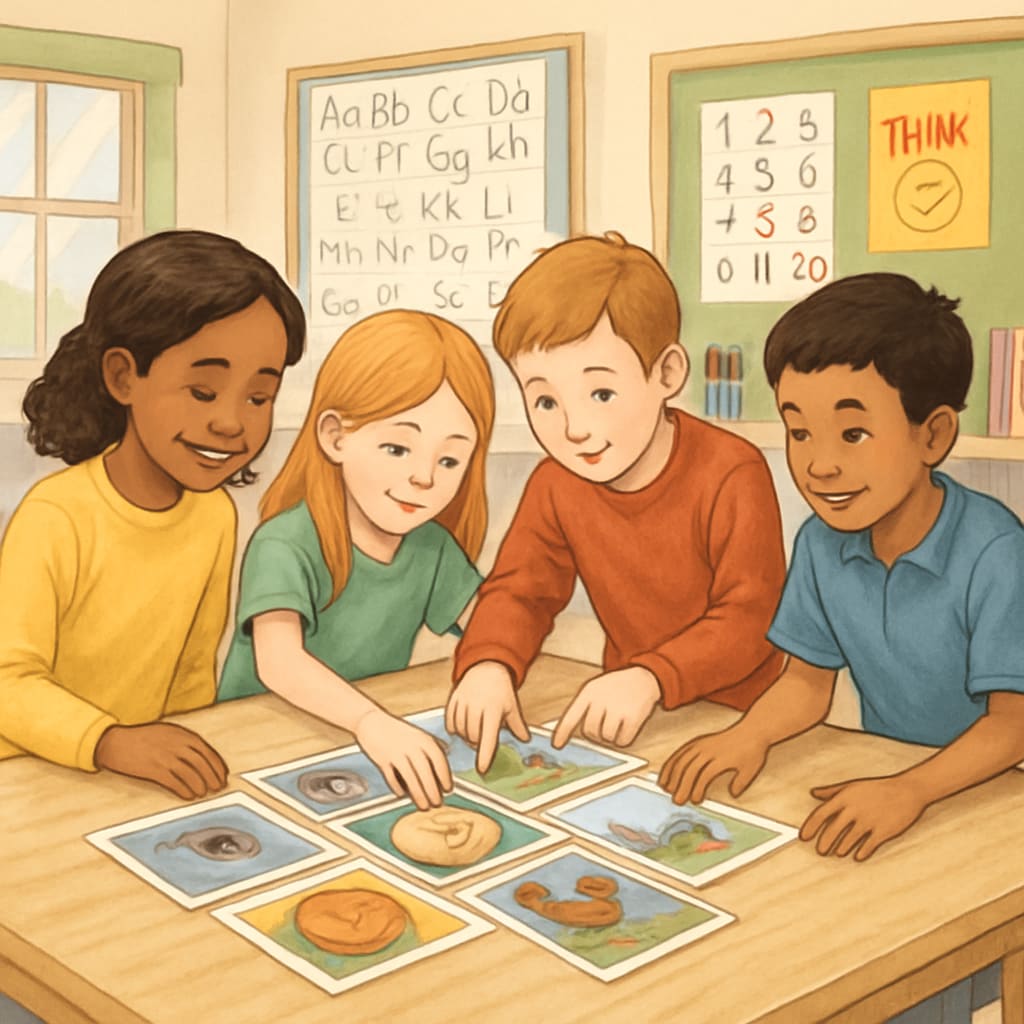Teaching activities like Zoom and ReZoom have gained popularity for their ability to foster visual thinking and logical reasoning in students. These innovative activities challenge learners to piece together a sequence of images that are interconnected, forming a compelling narrative. However, educators often face the challenge of implementing these activities effectively without standard answers. This guide explores practical strategies for executing Zoom and ReZoom activities while maintaining their educational impact.
Understanding the Concept Behind Zoom and ReZoom
Zoom and ReZoom are interactive visual learning exercises designed to engage students in analyzing sequences of images and understanding their context. In Zoom, participants start with a close-up image and gradually zoom out to reveal a larger scene or concept. ReZoom works in reverse, beginning with a broad view that narrows down into more detailed images. These activities encourage students to think critically, make connections, and develop storytelling skills.
For example, Zoom might start with a close-up of a flower petal, which zooms out to reveal a garden, and eventually a bustling park scene. ReZoom might begin with a park and progressively focus on smaller details, such as an individual enjoying a picnic or a bird perched on a branch.

How to Implement Zoom and ReZoom Activities Effectively
While Zoom and ReZoom activities don’t come with predefined answers, this flexibility allows educators to customize them according to their objectives. Here are some implementation tips:
- Prepare the materials: Gather a collection of images that are visually connected and can form a meaningful sequence. Ensure the images align with the lesson’s theme or subject matter.
- Introduce the activity: Explain the concept to students and provide examples to help them understand the zooming-in or zooming-out process.
- Encourage collaboration: Divide students into groups and let them work together to arrange the images in the correct sequence. This promotes teamwork and communication.
- Facilitate discussion: After completing the sequence, encourage students to explain their reasoning. Ask questions that prompt deeper analysis and critical thinking.
As a result, students not only build visual and logical skills but also gain confidence in articulating their thought processes.
Finding Answers Without a Standard Key
One of the unique aspects of Zoom and ReZoom activities is the absence of standard answers. Instead, educators can guide students by focusing on the relationships between images. Here are strategies for identifying answers:
- Identify visual clues: Encourage students to observe patterns, symbols, or overlapping elements that connect the images.
- Consider the narrative: Ask students to construct a story based on the sequence. This helps them understand how individual pieces fit into the bigger picture.
- Use trial and error: Allow students to experiment with different sequences until they find one that feels logical and cohesive.
Additionally, teachers can adapt the activity by introducing hints or guiding questions to help students overcome challenges.

Benefits of Zoom and ReZoom Activities in Education
These activities offer a range of benefits that extend beyond visual thinking. Some of the key advantages include:
- Enhanced critical thinking: Students learn to analyze relationships and draw conclusions based on visual data.
- Improved storytelling skills: The narrative aspect of Zoom and ReZoom helps students articulate their thoughts and ideas.
- Collaborative learning: Group-based implementation fosters teamwork and peer-to-peer learning.
- Engagement and creativity: The interactive nature of the activities makes learning enjoyable and stimulates creative thinking.
For educators seeking to incorporate dynamic and thought-provoking activities into their classrooms, Zoom and ReZoom are exceptional tools.
Conclusion
Zoom and ReZoom teaching activities are powerful methods for enhancing students’ visual thinking and logical reasoning skills. While the lack of standard answers may seem daunting, educators can leverage strategies such as visual analysis, narrative building, and collaboration to guide students effectively. By implementing these activities, teachers can create an engaging and intellectually stimulating classroom environment that fosters critical thinking and creativity.
For further insights on visual learning concepts, explore resources such as Visual Learning on Wikipedia or Education Overview on Britannica.


